Neuromarkting: How 3 Brands Could Blindsight The Consumer
- Estrella Spaans

- Dec 30, 2020
- 9 min read
Updated: Jan 3, 2021
I personally loved this course that I took at Hult International Business School. Its is amazing how our brain processes information and how marketeers can use it to their advantage. I would like to present 3 mini tactics for brand on how they could do marketing with neuroscience.
Brand Personality
If a brand was a person, what type of personality traits would it have? It is known that colors in brand logos could establish establish positive brand perceptions as well as its personality. Depending on the culture, colors have different meanings and can be used to convey a message.
Example Kate Spade
The brand personality is created through the voice it communicates, visualization, their products, and their values (indirectly). The brand originates back in 1993, with founder Kate Spade being the face of the brand letting her personality shine through the brand with vibrant colors (LeSavage & Colón, 2018). The spade represented a heart and used continuously throughout its platforms.
The brand colors, being part of its brand identity, are, as they describe it, a “pink kiss “against a “bed of green,” creating contrast (Kliever, n.d.) Furthermore, their other brand colors include light pink and black (Armin, 2019; Kate Spade, 2020).
Kate Spade’s brand personality is evolving around three different attributes;
- Colorful, playful, joyful, and vibrant.
- Empowerment; courageous, smart, sophistication, independent aspirational.
- Originality: charming, quirky, unique, and timeless.
This personality has evolved by creating a specific target audience; wealthy young adventurous women. This persona is shown in different ways in their social media post and campaigns (Danao, 2020; The Standard Newspapers Publishing Ltd., 2018; Campanelli, 2017; katespadeny , 2020).
The meaning behind the brand colors;
The color pink is said to be associated with femininity, playfulness, immaturity, unconditional love; however, there are many brands with women target audiences that are trying to stir away from this stereotype. Tiffany & Co. applied a specific color blue instead. Green, on the other hand, is a non-attention-seeking color and is often associated with growth, fertility, and health. (Johnson & Ghuman, 2020; Ferreira, 2019). The colors do, to some extent, fit with Kate Spade’s brand personality traits.
Redefining The Brand Colors
The brand is already doing a pretty good job with brand logo color differentiation as its competitors Michael Kors and Coach are using the colors black and grey (and gold) ( Michael Kors, 2020; Coach IP Holdings LLC , 2020; Wong, 2017). However, there could be a better association between the personality traits and associated meaning with colors.
The meanings of the color orange have a better representation of the brand’s personality traits; creativity, adventure, enthusiasm, success, and balance. It is also known to add fun (Ferreira, 2019). In combination, with the color pink, it would create a complete color association that overlaps with the personality traits because of its femininity and playfulness (Ferreira, 2019). By adding the color black and light pink, it adds sophistication while they still are differentiating.
Although the colors pink and orange are bold in style and close together in the color wheel, it is needed to work with contrast. Therefore, one color should be portrayed lighter or brighter than the other (Kliever, n.d.; Mayhew, 2015). In this case, the lighter color will be a more vivid orange, and the pink will be a mix between red and pink on the darker side.
Zig & Zag
Brands can differentiate from patterns created in our brains is called “Zig Zag,” where zag is the norm and zig something against the norm, a surprise. Consistent surprises could go against regular associations and create new ones.
Example GoPro
Associations
GoPro's social media creates associations through situations. These association include "outdoors, sports, nature, vacation, camping, swimming, surfing, hiking, scuba-diving, racing, biking, and sky-diving" (GoPro, Inc., 2020). Furthermore, they are also perceived as being authentic, sharing stories from other people. This is better known as user-generated content (Dillon, n.d.). The engagement rates on their social channels show that it is a "well-liked" brand. In a research study conducted in 2015, participants associated the brand with being active, extreme, professional, high-performance, energetic, and spirited. Some see it as a "cool" brand because of its advantageous edge, sports that many people personally never would practice (Conery, Floyd , Marc, Philippon, & Tanguay, 2015).
Negative associations include video recording quality, in which light is the main issue. This happens due to the fact that there is a comparison with regular photography cameras and the ability of mobile phones. There have also been some negative associations with its user-friendliness (Dawood, 2019). Other negative associations include "danger" as some might view the campaigns and visuals as not appropriate, mainly because they aim at a younger audience (ABC13, 2014). Their target market taps into active, younger/millennial sports enthusiasts, adventurous people, and travelers wanting to share their experiences.
Garmin Ltd., a competitor, takes a similar approach in target audience, with associations with "being active" and "experimental" in their outdoor channels, however, less from the perspective of being extreme. This is also because they have many other products. Their main brand channel is often associated with "Stylish adventures with peace-of-mind” (Garmin Ltd., 2012). Other associations include quality, innovation, and service. See a snipped of Garmin's Social Media Channel:
GoPro’s Association Strategy

The brand association of GoPro is deeply engraved with its branding strategy. The font used in its logo creates an edgier feeling. The different color represents the four main categories: biking, surfing, underwater, and snow. Their slogan “Be a Hero” encourages people to be the hero of their own life, pushing personal boundaries. Even though the target audience is young and adventurous, the vice president mentioned that to tap into parents, as they are parents them-selves, and the fore; passionate about capturing moments with their kids. This is why 10% of their content includes parent-kid’s experiences; however, this is not 100% (Sparks, 2015; Conery, Floyd , Marc, Philippon, & Tanguay, 2015; Johnson & Ghuman, 2020). The adventures touch that GoPro has compared to Garmin is definitely a good differentiator. When having a specific target audience, it is essential to speak in the psychological traits of attendance, which is in this case, evolving around showing challenging relatable situations, and sharable content. Their strategy is proven to communicate in the right style due to creating appropriate associations (Matz, Kosinski, Nave, & Stillwell, 2017; Johnson & Ghuman, 2020).
Suggestion Associations Campaign
GoPro should, therefore, create a new association that evolves around different situations and other audiences with a campaign headline called: “Capture Your Life from A Different Perspective.” Steering away from the adventures niche target audience, communicating that you can use a GoPro in other life occasions. The GoPro is a new way to capture the different (unique) perspective of moments. This can also establish deeper associations with parents and children.
“Capture Your Life from A Different Perspective” will evolve around video series or shorter clips showing different occasions of life (other than sports, adventures, and nature). The brand can create a campaign page, showcasing ideas for these new situations while also showing other user-generated content for inspiration, giving tips & tricks on how to re-create them. This is needed for non-GoPro users. They could apply experimental marketing in shopping malls letting other people experience the settings of GoPro is simulated re-made environments:
At a birthday party, having a toddler walking around with a phone but dropping it (it’s not the safest for your phone). The video transitions to the same toddler, walking with a GoPro, dropping without a worry. Then lastly, show the unique clip that has been created.
Having a graduation ceremony and how a parent attaches the GoPro on the gown, showing a great new view of the service as well as having the parent filming with one from a distance. The essence is put on the happy moments captured.
System 1 / System 2
People are always in a certain system. This refers to the state of mind someone is in. Different marketing tactics trigger these system. When someone is in system 1, the person is often doing something that without a priority in mind, and are therefore, more likely to give into their impulses. In this stage, marketeers should try to get the attention from the consumer.
A person in system 2, is more actively thinking. The job of the marketeer here is to make it as easy as possible, without thinking a lot. As neuroscientist know, the brain does not like to think too much, so purchases should not be too complicated.
Example Glossier
As an example, I took Glossier, one of my favorite brands. For each stage in the AARRR buying funnel, the system of the potential customer is identified and a suitable marketing tactics is introduced. This brand sells routine products, of which the customer journey length is approximately nine days (Foley, Wetzel, & Samar, 2017).
Day 1: Acquisition; People are addicted to social media, scrolling until they find something rewarding. Doing this, people are often in system 1; there, they are more likely to give in to immediate impulses. Therefore, targeted ads are a great tool to reach a potential audience. Glossier can create a targeted YouTube Ad Campaign, showcasing a story of an individual telling how this person was dealing with insecurities because of beauty standards (stakes), discovering Glossier, and how this changed her/his perspective, enhancing her natural beauty (introducing the positive aspect) (Rosenthal, 2014). This could be every-day ordinary people or (micro) influencers, as they have a more reliable connection with their audience, and therefore have a more significant chance of a conversion to a website (Experticity, 2018; Seidman, 2018). The call to action should be “Check out how Glossier can enhance your natural beauty.”
This would be the style of the advertisement; however, the emotion shown in this video is not as strong. Involving the grandmother might evoke some happy related emotions. But not enough. First, you need to introduce the fear of being insecure, not being confident, then transitioning towards the positive change glossier can make, creating a contrast (Johnson & Ghuman, 2020).
Day 1: Activation; once on the website, the visitor enters system 2, they clicked on the advertisement expecting some sort of value. The person is not 100% active in this stage as they have not had any associations with this brand yet. The brain tries to form some expectations based on past experiences; once these expectations are not met, the visitor exits the website re-entering system 1. Marketing is to direct them towards the right value, which is a landing page for a personality-product/brand fit recommendation quiz, which is fun for the visitor and a perfect lead generation tactic (Boyle, 2020). The value that is delivered to the visitor is the knowledge about the brand and personalized recommendations. Tapping into the sunken cost fallacy, the visitor is required to fill in their email address to receive the recommendation, the first step to establish a customer relationship, and acquire data (Johnson & Ghuman, 2020; Association for Psychological Science, 2018). The email does provide a CTA; however, not taking action. This would be an example of how the quiz looks like:

Day 4: Retention: In this stage of the buying funnel, an email campaign with a personalized promotion for the recommended products will be used. For this campaign, an excellent catchy email subject title is needed to grab the attention, and the email itself should provide good color and content contrast. The reason for this is that people often check their email in system 1 (Toshalis, 2015), redundantly scrolling, looking for something rewarding. One tactic applied in this campaign is to give a discount and limited offers as the user is more likely to give in to impulses (Johnson & Ghuman, 2020).
Day 4: Revenue: once the customer is back on the website, the person has to make some reluctant decisions, including their product choices, being in system 1 as online shopping is done mostly on autopilot. In order to convert to the purchase, companies have to deliver a good UX to reduce the pain of online shopping (Johnson & Ghuman, 2020; Webb, n.d.). Therefore, there will be a customized landing page where they can add their recommended product (they do not have to search for it) to their cart. When being at the checkout system, the consumer enters system 2, thinking about their budget and the number of items. In a normal situation, the marketeer has to create the attention on the right information, such as a reassuring customer review, the free delivery option, return policies, options to pay with credit card, and the discount code that can be applied (Sandstrom, 2017). This would be an example of the landings page and the check out (these pictures are edited).


Day 9: Referral: It is day 9, one of the crucial moments: the customer is trying the product. They will be judgmental when trying the product being in system 2, evaluating whether their purchase was worth it, establishing emotional association during the experience. Luckily, the products were a success, which created a positive perception towards the brand Glossier, influenced by the stimulated senses during the unboxing experience; it was visually appealing, it smelled like roses, and came unexpectedly with stickers and a make-up bag. Being satisfied, the customer entered system 1 with good feelings, being more receptive towards one of the card-boards in the box: a user-generated content campaign, inviting the customer to share their created make-up look on social media with pre-made “instagrammable” templates, reflecting the millennials audience, speaking in their language (Johnson & Ghuman, 2020; Siu, 2017).




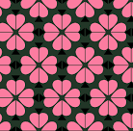
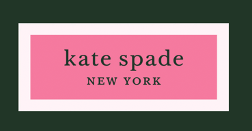
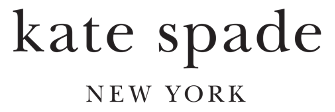
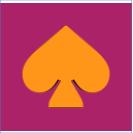
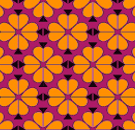
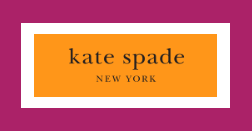

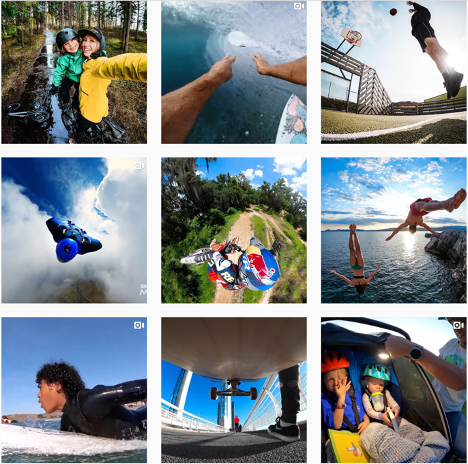





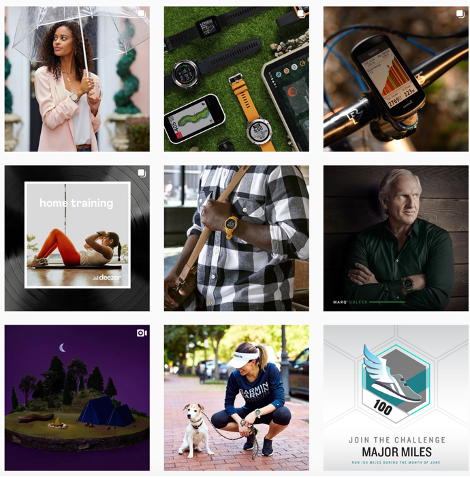

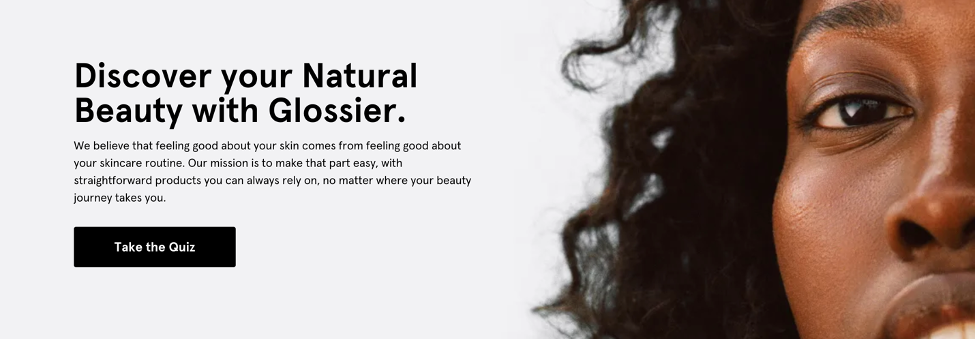

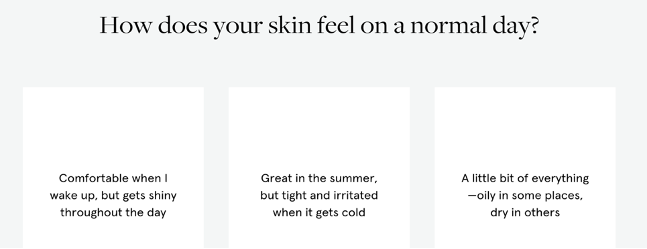






Comments